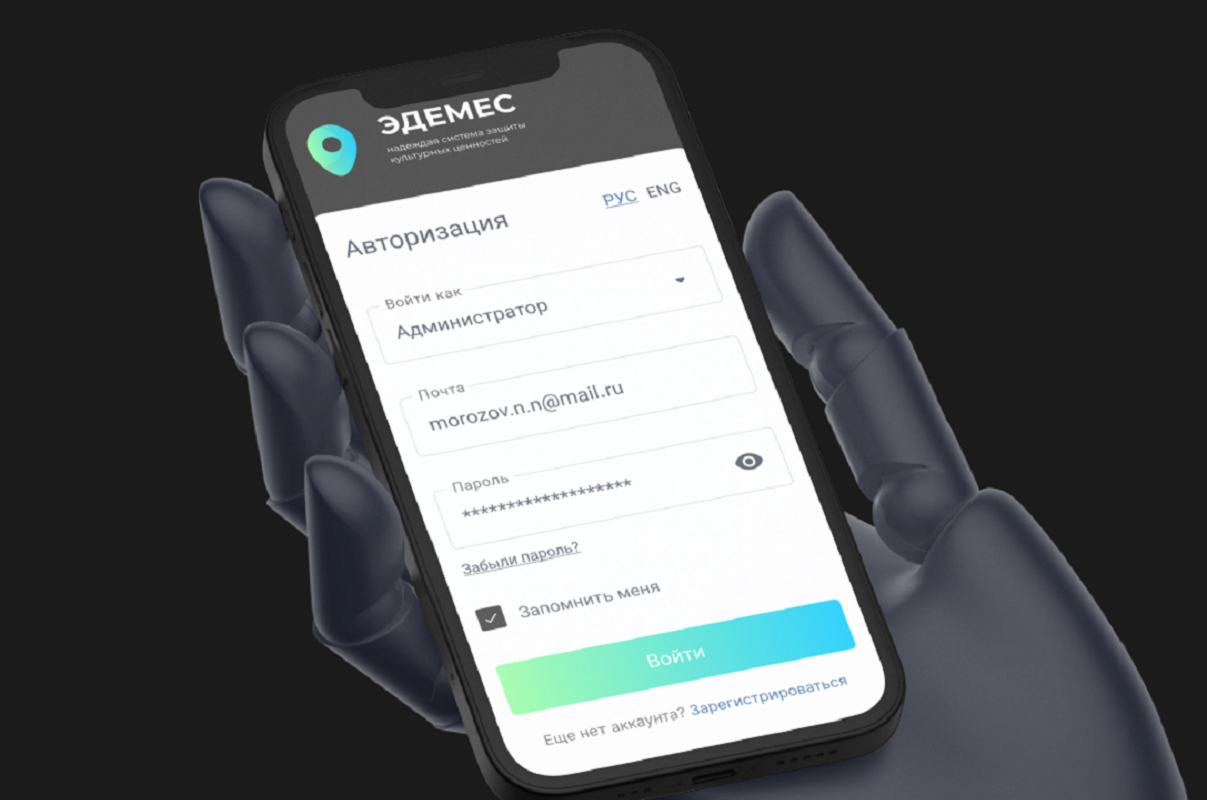St Petersburg University develops a blockchain security system for museum collections

The Distributed Ledger Technologies Centre at St Petersburg University has developed Edemes, a blockchain system for identifying and monitoring the movement of cultural objects. The main purpose of the new technology is to make the process of cooperation between museums and carrier companies simple and secure.
Services based on distributed ledger technology ensure safe and reliable data storage. They can support organisations in their efforts to build collaboration, even in the absence of a trusted relationship between companies. Records of any activities of the parties are stored in a private blockchain network. Records cannot be falsified as the technology does not allow any changes to the data, except for the progressive accumulation of information. For this reason, blockchain services are in high demand when there is no point of trust.
"Edemes" is a solution for museums, galleries, carriers and insurance companies involved in the transfer of exhibits. It connects all organisations and creates optimal conditions for tracking information about cultural objects, collecting and analysing statistical data.
Dmitriy Shishmakov, Head of the Distributed Ledger Technologies Centre of St Petersburg University
Public and private museums, galleries and collectors often have their exhibits sent to other organisations for temporary exhibitions. Edemes provides convenient and safe transportation. It guarantees that all legal requirements are met and temperature, humidity and other important parameters for the storage and transportation of cultural objects are registered.
Each object of cultural value is placed in a special box bearing a vandal-proof tag, protected against copying. This ensures that the data recorded is accurate and that all user actions or attempts to modify the data are tracked by the system. Any smartphone with access to the Internet can be used to scan the tags. Such measures ensure the protection of objects of art against theft and falsification, and compliance with storage and transportation requirements.
When a museum sends its collection to another museum, or one of its branches, information about the point of dispatch and destination is entered into the system. Once the container is formed, the system generates a unique anti-vandal tag. The container may have multiple control and transfer points on its journey.
Aleksandr Kireev, Technical Director of the Distributed Ledger Technologies Centre of St Petersburg University
’Time, geo-position, consistency and compliance with transport and storage conditions are recorded at each point. Blockchain stores information on every action, eliminating the possibility of falsification or backdating,’ said Aleksandr Kireev.
Edemes can also automate the export of collection catalogues to the programme, so that museums will not have to input information about the exhibits manually; they just need to supplement it with storage data.
The Centre is currently negotiating cooperation with major museums in St Petersburg and carrier companies. The service will be available to new participants within two days. On the first day, they will undergo special training and, on the second day, receive monitoring equipment.
The system is further developed to allow direct online booking and sale during exhibitions.
The Distributed Ledger Technologies Centre at St Petersburg University was established in 2018 as part of the National Technology Initiative. The Centre’s developments include the document management system "ELORIS" and the electronic voting system "CryptoVeche", among others.

